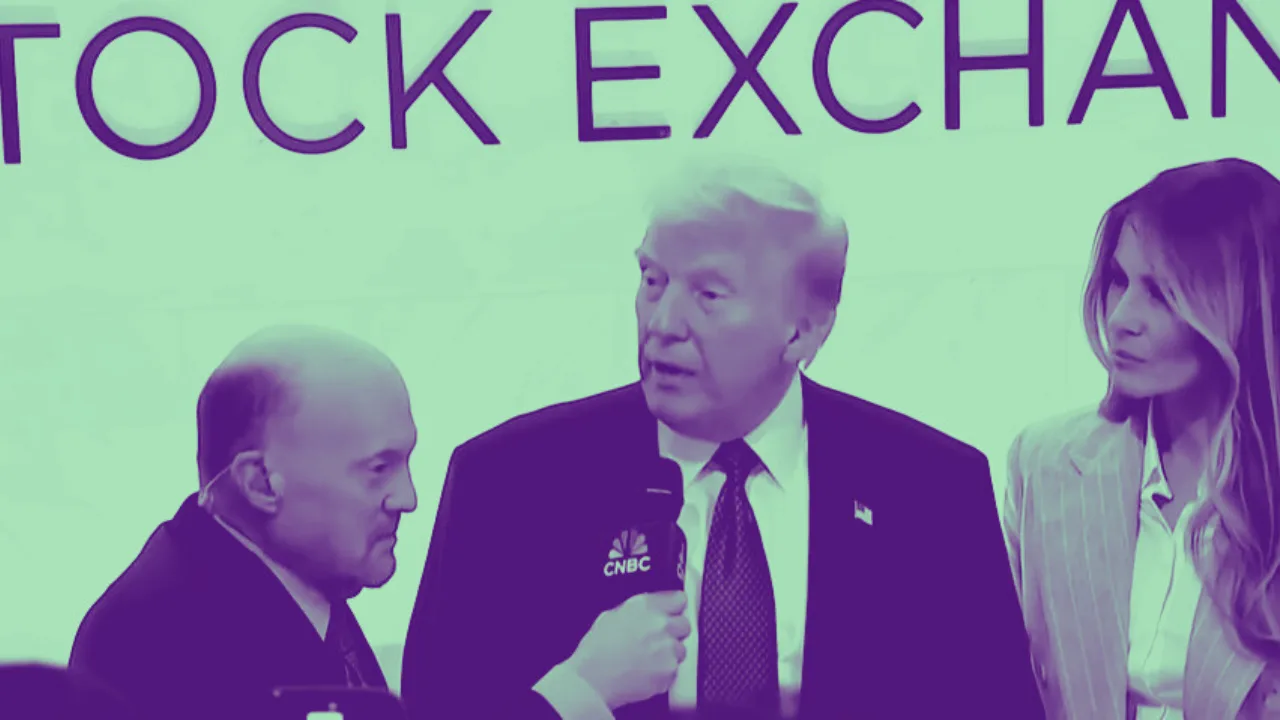Larry Fink, CEO of BlackRock—the world’s largest asset management company—has once again set the financial and economic worlds buzzing with his widely anticipated annual letter. Known for his candid and forward-thinking insights, Fink’s letter is closely followed by investors, business leaders, and policymakers across the United States, serving as a compass that often guides market strategies and economic policymaking for the year ahead.
This year, Fink’s letter delves into the heart of several crucial issues, from global economic uncertainties and rising protectionism to the democratization of private markets and a pragmatic stance on energy policy. Moreover, what Fink notably omitted from this year’s letter is as telling as what he included, marking a subtle yet meaningful shift in focus that investors and businesses must understand.
Here, we explore each of these critical themes in-depth, providing clarity and actionable insights for American investors, business executives, and policy watchers.
Rising Economic Anxiety and the Return of Protectionism
Fink opened his 2025 letter with an acknowledgment of the mounting global economic anxiety—a concern clearly resonating across corporate boardrooms and investment committees. He specifically drew attention to the resurgence of protectionist policies, notably exemplified by recent tariff announcements from President Donald Trump’s administration.
“Protectionism has returned with force,” Fink declared, pointing to the shifting geopolitical climate and trade uncertainties that are once again challenging global commerce. Investors watching this trend should note Fink’s warning carefully. Tariffs and trade barriers typically lead to increased market volatility, potentially reshaping supply chains and elevating costs for American businesses and consumers alike.
Historically, protectionism has been a double-edged sword. While designed to protect domestic industries and jobs, it can inadvertently create economic inefficiencies and increase consumer prices. Fink’s remarks indicate BlackRock’s view that businesses and investors need to brace for economic disruptions by positioning portfolios for potential volatility and exploring opportunities in sectors likely to benefit from domestic policies.
Democratizing Private Markets: A New Vision for Investors
One of the most groundbreaking ideas in Fink’s 2025 letter centers around his push to democratize access to private markets—a realm traditionally exclusive to ultra-high-net-worth individuals and institutional investors. According to Fink, it’s time for a significant shift in investment strategies among everyday investors.
Specifically, Fink proposes a transformative shift from the traditional investment allocation model of 60% stocks and 40% bonds to a new model: “50/30/20.” This new allocation strategy incorporates 20% of portfolios into private market assets, such as private equity, real estate, infrastructure projects, and private credit.
This call is not mere speculation. BlackRock believes private markets offer substantial diversification benefits and enhanced returns, especially amid volatility in public equities and bond markets. By democratizing access to these lucrative but traditionally inaccessible investments, BlackRock aims to equip average investors with tools to achieve improved long-term financial security.
For businesses, the implications of this shift could be monumental. Expanded investment pools into private markets mean greater opportunities for funding, innovation, and growth. Investors, meanwhile, may find new pathways for diversification and returns, particularly crucial in today’s volatile public markets.
Energy Pragmatism: Balancing Reality with Ambition
Another pivotal element of Fink’s message involves an appeal for realism in energy policy—a theme he terms “energy pragmatism.” This approach acknowledges the essential reality that global energy demand is surging and that, despite significant investments and advances, renewable energy sources alone cannot yet fulfill worldwide energy needs.
Fink emphasizes the continuing role of hydrocarbons in the global energy mix, underscoring the importance of pragmatism in navigating the energy transition. BlackRock’s realistic stance does not dismiss the significance of climate initiatives. Instead, it seeks balance, advocating for investing in innovation while responsibly managing existing resources.
For businesses and investors, Fink’s practical stance provides clarity on BlackRock’s likely strategic direction regarding energy investments. It suggests sustained investment opportunities in traditional energy industries, as well as renewable sectors. Policymakers may also find wisdom in Fink’s balance—promoting a smoother energy transition that minimizes economic disruption and ensures energy security.
What Was Left Unsaid: The Shift from ESG and DEI
Interestingly, some of the loudest reactions to Fink’s 2025 letter stemmed from topics he notably avoided: Environmental, Social, and Governance (ESG) criteria, along with Diversity, Equity, and Inclusion (DEI) initiatives. Previous annual letters prominently featured these themes, positioning BlackRock as an advocate of socially conscious investing and corporate governance.
The absence of these once-prominent pillars in this year’s letter has sparked speculation among investors and analysts. Given the political pressure BlackRock faced, especially from conservative groups critical of ESG as “politically motivated,” this omission signals a strategic repositioning. Investors should interpret this change as an indication that BlackRock might adopt a less overt stance on controversial or politicized issues, instead prioritizing broader investor acceptance and reducing reputational risks.
Businesses previously pressured by institutional investors and asset managers into aggressively pursuing ESG and DEI initiatives might find themselves with greater autonomy moving forward. However, investors should be cautious and not misinterpret this absence as outright abandonment. It likely indicates a measured response, reflecting an evolving political and economic environment.
Implications and Actionable Insights for Investors and Business Leaders
For American investors, Larry Fink’s 2025 letter offers several actionable insights. Understanding the shifting dynamics of trade and economic anxiety enables investors to prepare portfolios for greater resilience. Embracing private market investments presents fresh diversification opportunities and potential for enhanced returns.
Furthermore, the emphasis on energy pragmatism underscores that energy diversification—not rigid ideological investment—may prove most profitable and stable for the foreseeable future. Investors should remain open-minded, exploring strategic opportunities in traditional energy while recognizing long-term opportunities in renewables and energy innovations.
Policy watchers and businesses alike should heed Fink’s subtle message in excluding ESG and DEI from this year’s discourse. This move might signal broader market trends toward economic pragmatism and away from heavily politicized investment mandates. Companies should interpret this as an opportunity to balance sustainability goals with business realities, potentially leading to more sustainable, profitable, and politically balanced practices.
A Compass for Strategic Decision Making
Larry Fink’s annual letter has long been a bellwether, providing strategic insights that set the course for investors and policymakers. The 2025 edition continues this tradition, carefully navigating the critical economic, political, and social landscapes that lie ahead. Investors, businesses, and policymakers must now decode these insights, integrating them into strategic decision-making processes for a volatile, uncertain economic environment.
In short, Fink’s vision paints a clear picture: preparation, adaptability, and balance are crucial in navigating the coming economic tides. For investors, embracing these values could make all the difference between uncertainty and financial success.





